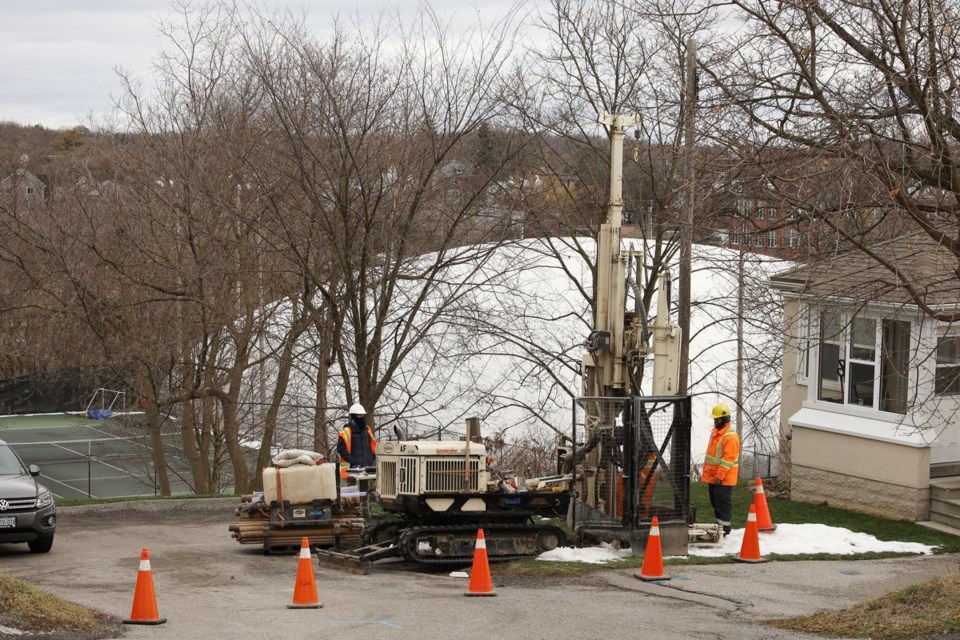A new ventilation system has been installed at the downtown Newmarket Tennis Clubhouse after an industrial cleaning solvent was detected in the air in late September.
The chemical was discovered to be trichloroethylene, which is often used as a degreaser for metal parts, but it was never present at dangerous levels inside the clubhouse, according to Newmarket Mayor John Taylor.
With improvements to the building largely complete, he said it has been confirmed safe.
"We brought in our consultants, who are the best in their class in Ontario, we consulted the Ministry of the Environment and public health. They went through everything and have declared it safe for public use. So we are moving forward, even though there is still work to do," said Taylor.
When the solvent was detected in the air inside the facility, the Town of Newmarket met with the president of the winter tennis club and owner of the bubble, Terry Redvers.
Redvers noted the situation didn't impact members because the facility wasn't allowed to be open because of COVID-19 public health restrictions.
"I think the town has handled it pretty well, to be honest," said Redvers. "They did a good job and followed all the right protocols."
Although Redvers owns the tennis court bubble, he pays rent to the town.
The town began with extensive testing of the air and soil at the tennis club to try to locate the source of the trichloroethylene. Cleanup crews and environmental consultants were brought in for this task, but no definite source of the chemical was found, although it was clear that it was leaching into the clubhouse from the ground.
Taylor said it is likely the legacy of some industrial operation on the site from a time when environmental regulations were laxer.
"I don't think it would be a stretch to say that any municipality of a certain size in the Greater Toronto Area has had to deal with environmental challenges in the soil. It's very common and we've dealt with it many times. It's a part of municipal life at this point, but we still take it very seriously," said the mayor.
To stop the solvent from continuing to make its way into the building, consultants ECOH Management had a "sub-slab depressurization system" installed beneath the tennis court clubhouse.
Simply put, this creates an underground area where the gas can collect before it makes its way to the surface. Instead of then leaching up into the tennis courts, it is siphoned off through a vent that comes out on top of the building and releases the gases into the atmosphere instead.
The idea of releasing industrial solvent fumes into the air may be worrisome for some people, but Mayor Taylor said there will be no environmental damage caused by it.
"Remember, if the amount we are dealing with was safe inside a small building, it won't be an issue at all when released into the air," he said.
Air monitoring will continue for another four to six weeks with less frequent testing afterward.
How much it cost the municipality to fix this problem won't be known until the weeks of testing are complete. But it is a fix on a facility whose days are already numbered.
According to Redvers, the winter tennis club will be moving to a new location sometime in the next three years so that the municipality can use the area for parking and other uses.
-This article has been edit to correct that the fumes were detected in the clubhouse, not the tennis court bubble.
